- Home›
- Healthy Living›
- 9 Vegetables That Are High In Protein And Should Be In Your Diet
9 Vegetables That Are High In Protein And Should Be In Your Diet
By: Kratika Maheshwari Wed, 23 Nov 2022 11:27:12
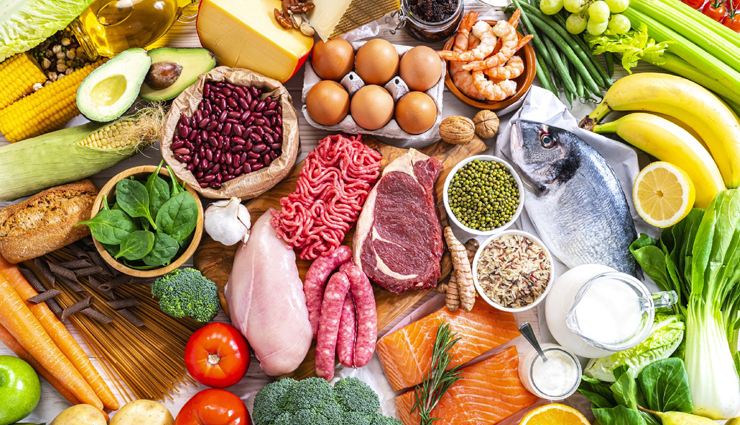
Protein is something any meat eater doesn’t have to give too much thought to, given the vast variety of animal proteins, from meats and poultry to seafood and exotic game meats, at their disposal. If you’re vegetarian, though, it can be more of a challenge – especially if you’re looking for high protein vegetables. But prepare to be surprised because we have a lineup of just what you need!
Even if you are someone who eats meat, it doesn’t hurt to pay attention to your options across the aisle in the beans, legumes, or vegetable section in lieu of the more fatty, calorific meat alternatives. So here’s a look at fresh vegetables that you could consider having
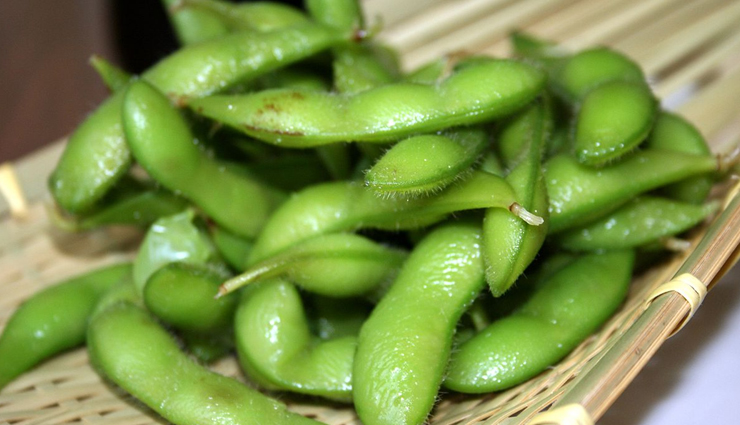
# Edamame
For a vegetarian protein source that packs in a whopping 18.46 grams of protein per cup, turn to edamame. The tender green beans are not just delicious, they’re nutritious too! Get calcium, zinc, magnesium, and more from this popular Asian food. Serve them up simply steamed or roasted with seasoning to your liking. Or snap them open and use the beans inside in your pilafs or rice recipes, or even in dumplings, soups, and dips.
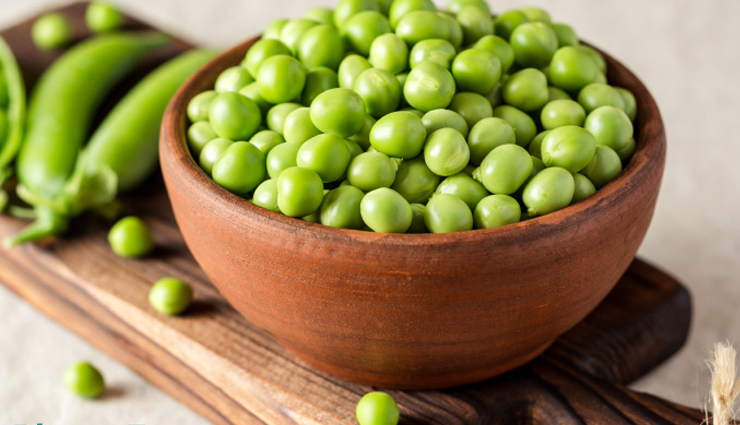
# Green Peas
Green peas are another protein winner. A cup of cooked (from frozen) green peas has 8.24 grams of the nutrient so you can stock up on them for a reliable plant protein source. By comparison, fresh green peas that have been boiled contain 8.58 gm of protein to the cup. Make yourself a delicious soup, serve them on the side of a meaty main, or make them the hero of a meal in a dish like pasta primavera or an Indian style peas curry.
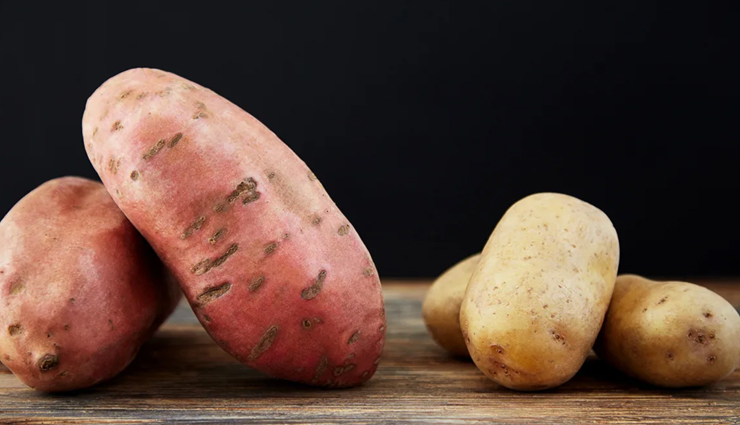
# Potato And Sweet Potato
Who doesn’t love a baked potato? If they haven’t been on your radar as a protein source, here’s some news. A large russet potato baked and eaten skin and all gives you an impressive 7.86 grams of protein. And though a large baked white potato contains a little less protein, the flesh and skin from one potato still give you a not-too-shabby 6.28 gm of protein.
Boiled potatoes have about the same protein content if you prefer to cook them that way. Just remember to keep the skin on to avoid losing protein as well as vitamins and minerals from the skin.
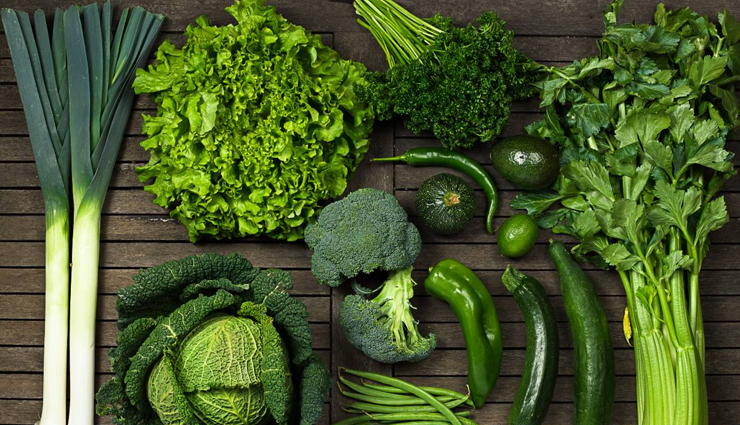
# Green Leafy Vegetables
As if you needed more reasons for reaching for those greens! That’s right, they’re also a great source of protein besides being loaded with nutrients like calcium, vitamin K, folate, iron, and carotenoids. So how do the various greens stack up? Leading the pack with 5.35 gm of protein to a cup-full is spinach. You can start your day off with spinach in your frittata or a healthy poached egg with wilted spinach. Or make it a part of a salad at lunch or a smoothie or soup for in-between hunger pangs. Spinach also works great as a healthy addition to any meal, tossed with some garlic or even livened up with some tomatoes.
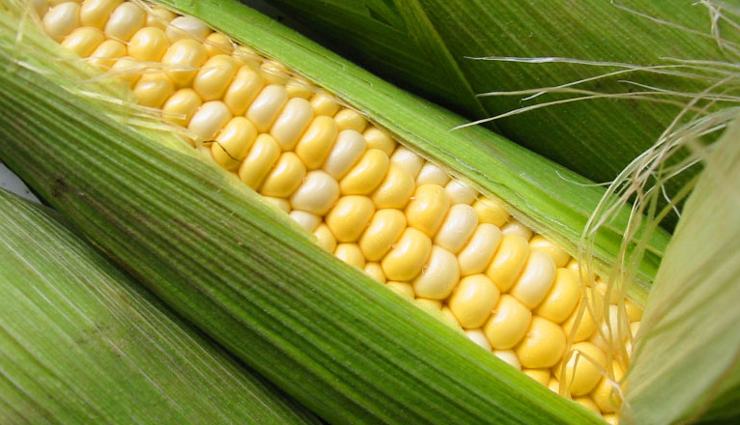
# Sweet Corn
This is one vegetable that’s a breeze to cook and hard to go wrong with. A real crowd pleaser, corn is heavenly just simply roasted till it develops a light char and eaten with some spice, butter, or lemon squeezed over. You could also just enjoy the sweet pops from the kernels that have been boiled ever so lightly. Or use them in recipes like salsas or Mexican taco fillings, or summery salads. In colder weather, a delicious corn chowder, with or without seafood, is deeply satisfying. So how much protein does corn really have? You can expect to get 5.08 gm from a cup of boiled yellow sweet corn.
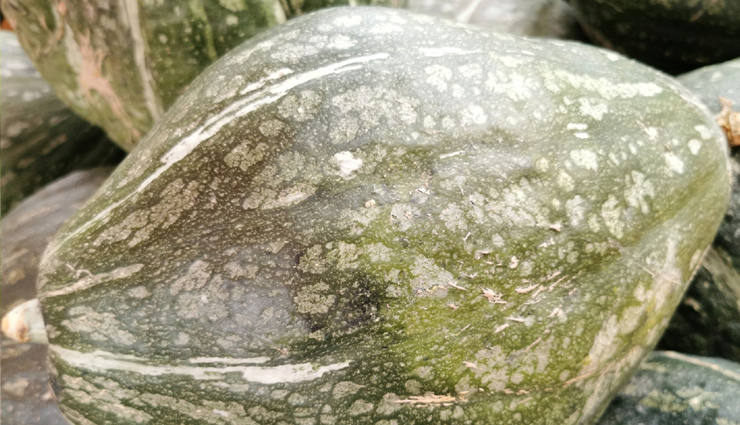
# Hubbard Squash
While other squashes like the popular butternut squash contain a couple of grams of protein, the kind you need to look for is the Hubbard squash. A cup of the cooked squash has 5.08 gm of protein. Bake it till it is beautifully caramelized. Experiment with flavors like garlic and parsley or parmesan and brown butter. Saute it off with onions and garlic and some herbs for a scrumptious hash to go with your mains. Or make a squash soup, add squash to couscous, or even turn it into a spicy mash with some nutmeg or fennel powder.
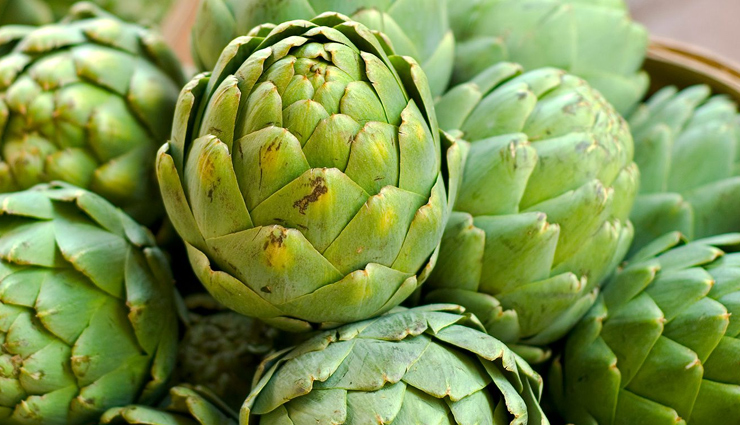
# Artichokes
Preparing artichokes is hard work, but it is well worth it! You’ll get 4.86 gm of protein from a cup of artichoke hearts (globe or french). Use the artichokes in a decadent cheesy dip or be good and pair it with kale and yogurt for a healthier spin. Artichokes are a delight in Italian antipasti like crostini or char-grilled and served with lemon. They also hold up well in risotto or on a pizza.
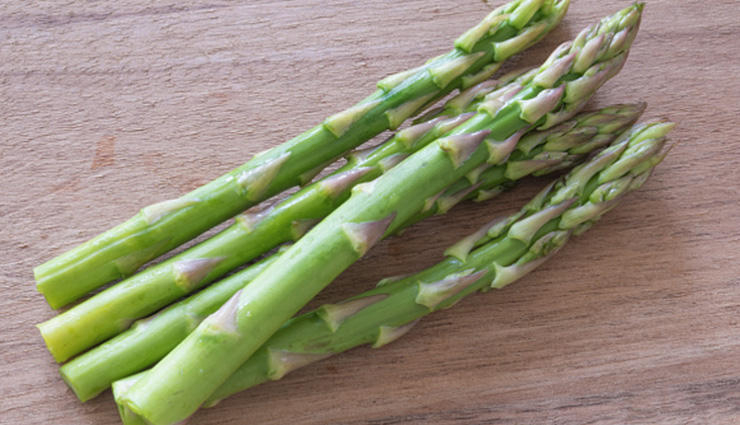
# Asparagus
For a diminutive looking vegetable, the asparagus packs in a healthy dose of protein – 4.32 gm to the cup. Have your asparagus stripped down and just lightly roasted, grilled, or sauteed with some salt and pepper and oil. Or make a savory tart just because you love asparagus so much! An asparagus lemon risotto or asparagus and wild rice salad can be delicious too.
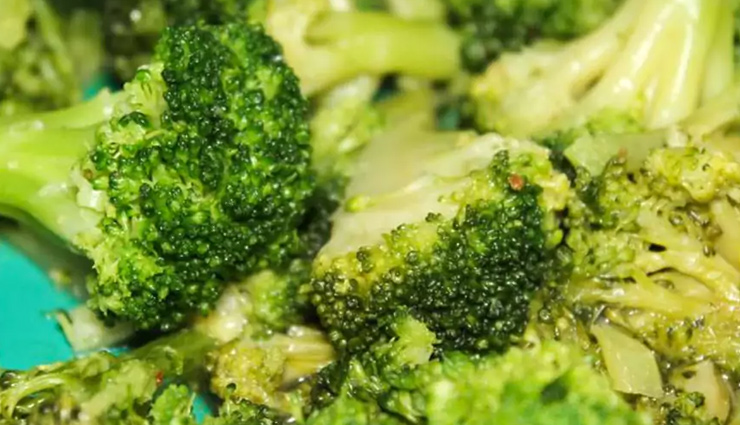
# Cruciferous Vegetables
Another smart choice for anyone looking for plant protein sources is cruciferous vegetables like Brussels sprouts, broccoli, cauliflower, and cabbage. Cooked Brussels sprouts have 3.98 gm per cup, broccoli has 3.72 gm per cup, cauliflower has 2.28 gm per cup, and cabbage has 1.9 gm per cup. While they’re all great to grill or use in a stir-fry, you could also use cabbage in refreshing Asian slaw or traditional coleslaw, cauliflower to make cauliflower rice or in baked in cheese sauce, broccoli in soups and salads – the options are limitless!





